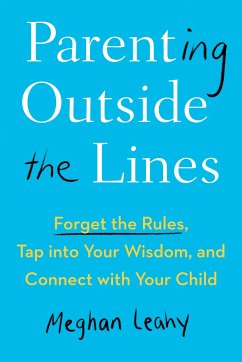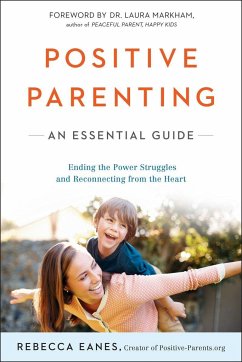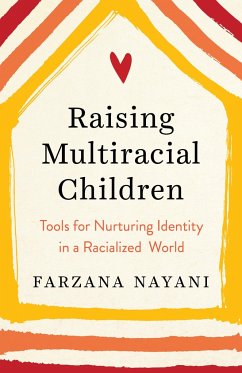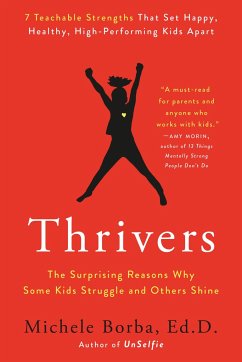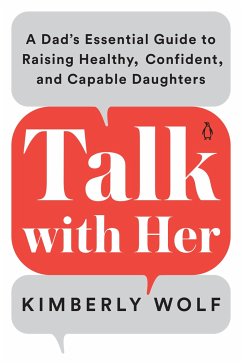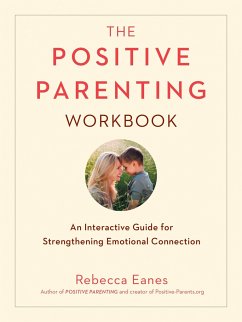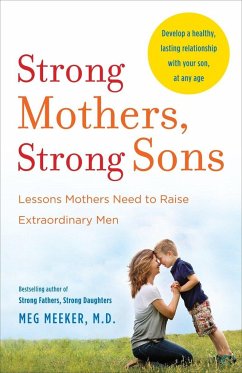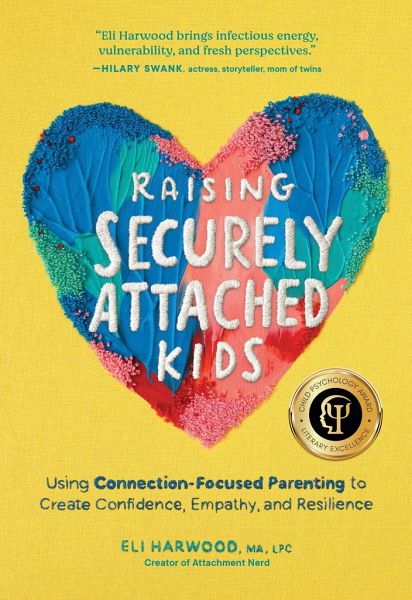
Raising Securely Attached Kids
Using Connection-Focused Parenting to Create Confidence, Empathy, and Resilience
Versandkostenfrei!
Versandfertig in 2-4 Wochen
24,99 €
inkl. MwSt.
Weitere Ausgaben:

PAYBACK Punkte
12 °P sammeln!
Create a secure emotional bond with your childrenâ for a close, fulfilling parent-child relationship that lasts a lifetime. Therapist and wildly popular attachment research expert Eli Harwood (@attachmentnerd) illuminates attachment theory as foundational to the only parenting approach proven to have a lasting impact.




